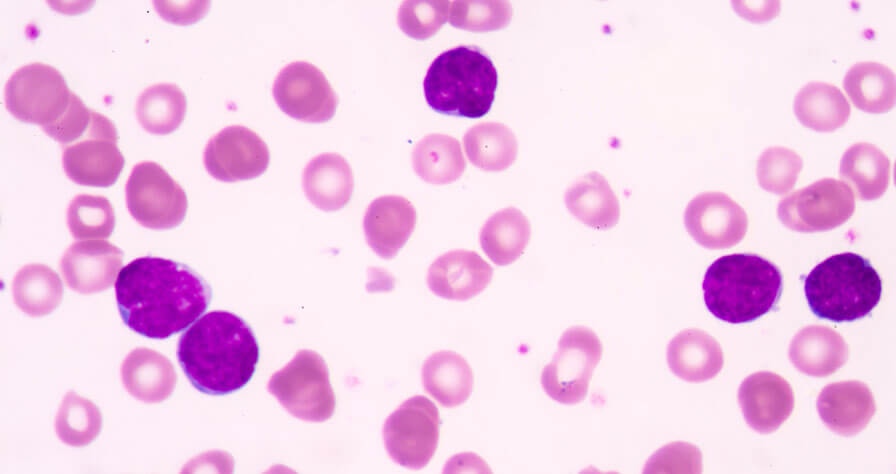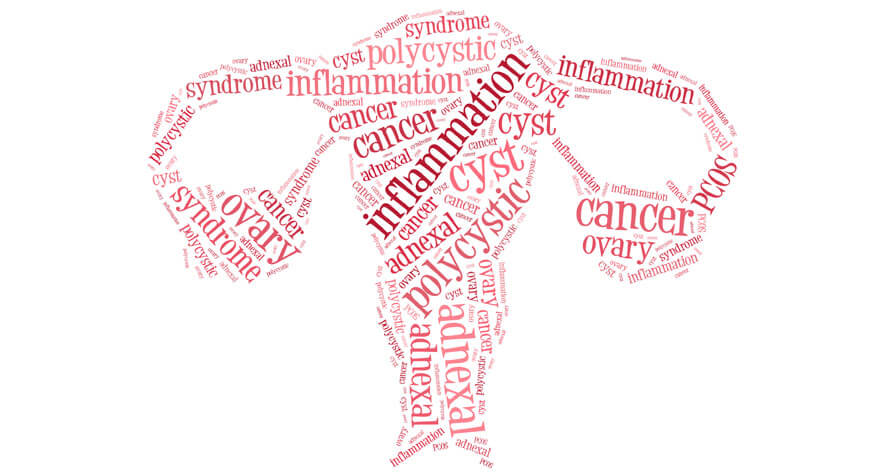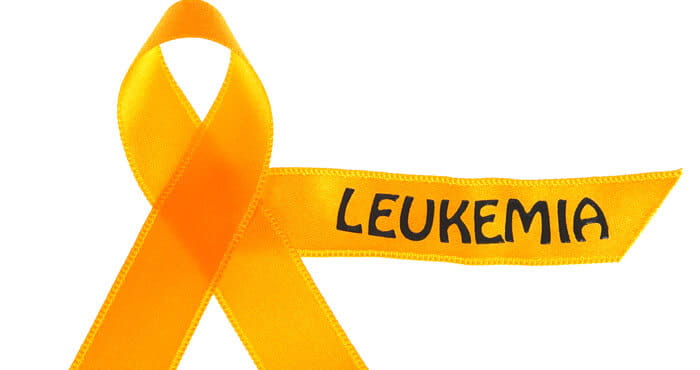The Early Signs of Oral Cancer

Oral cancer, which includes cancers of the lips, tongue, cheeks, floor of the mouth, hard and soft palate, sinuses and pharynx (throat), can be life threatening if not diagnosed and treated early.
The most common symptom of oral cancer include:
- Swellings/thickenings, lumps or bumps, rough spots/crusts/ or eroded areas on the lips, gums or other areas inside your mouth.
- The development of velvety white, red or speckled (white and red) patches in your mouth.
- Unexplained bleeding in your mouth
- Unexplained numbness, loss of feeling or pain/tenderness if any area of your face, mouth or neck
- Persistent sores on your face, neck or mouth that bleed easily and do not heal within two weeks
- A soreness or feeling that something is caught in the back of your throat
- Difficulty chewing or swallowing, speaking or moving your jaw or tongue
- Hoarseness, chronic sore throat or change in your voice
- Ear pain
- A change in the way your teeth or dentures fit together
- Dramatic weight loss
Men face twice the risk of developing oral cancer as women, and men who are over the age of 50 face the greatest risk. Risk factors for the development of oral cancer include:
- Smoking. Cigarette, cigar or pipe smokers are six times more likely than nonsmokers to develop oral cancers.
- Smokeless tobacco users. Users of dip, snuff or chewing tobacco products are 50 times more likely to develop cancers of the cheek, gums and lining of the lips.
- Excessive consumption of alcohol. Oral cancers are about six times more common in drinkers than in non-drinkers.
- Family history of cancer.
- Excessive sun exposure, especially at a young age.
The American Cancer Society recommends oral cancer screenings every three years for persons over age 20 and annually for those over age 40. During your next dental appointment, ask your dentist to perform an oral exam. Early detection can improve the change of successful treatment.



